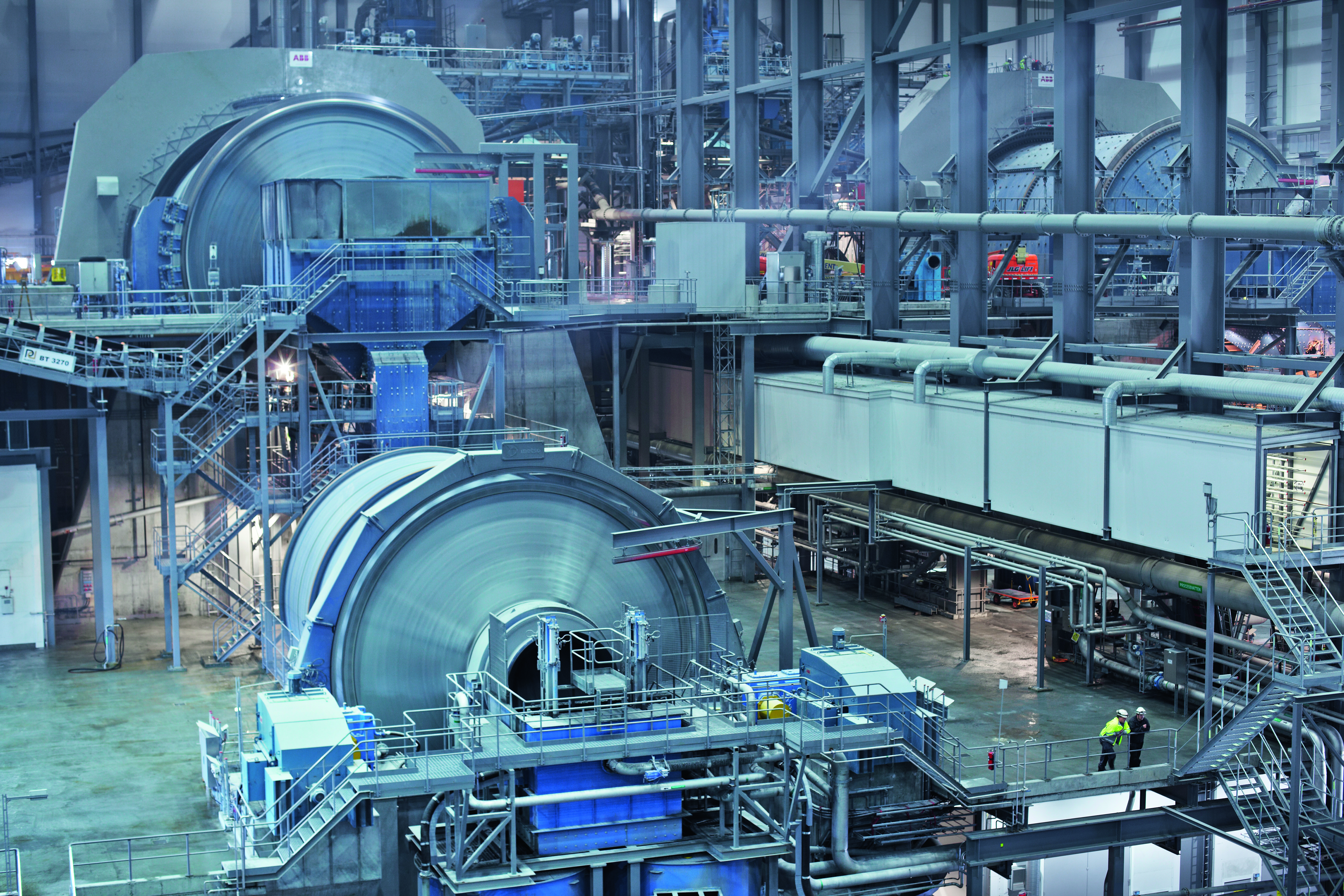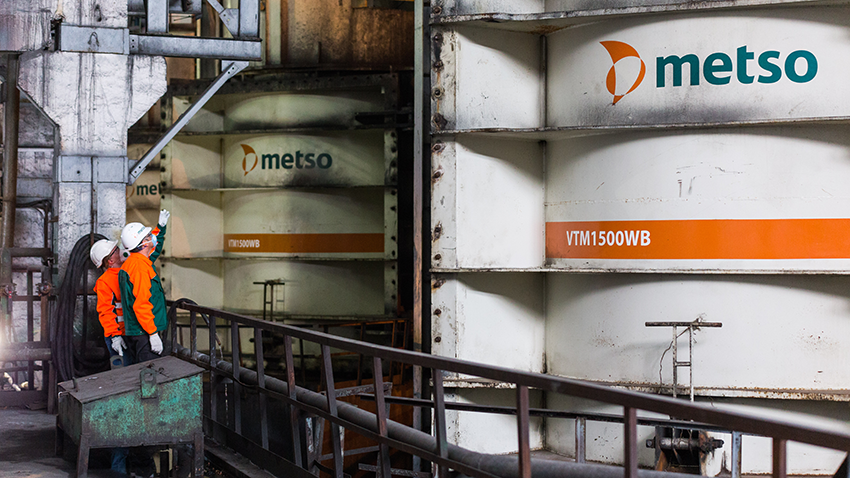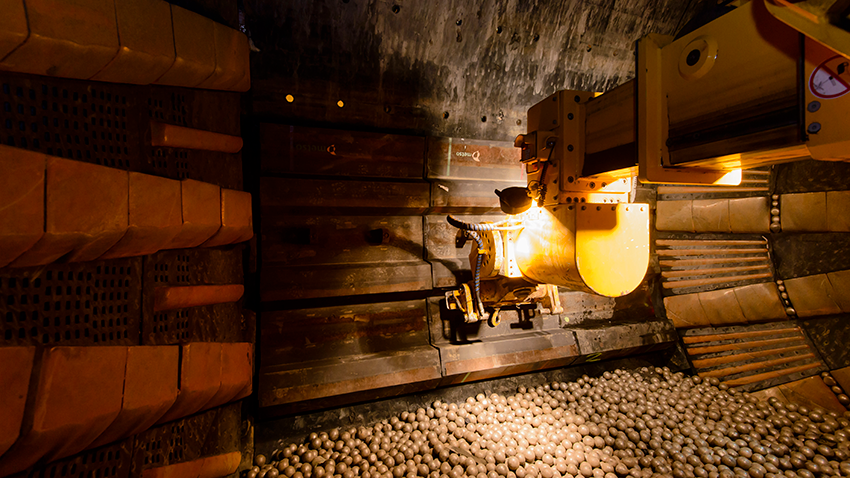Alan Boylston (AB)
Suzy Lynch-Watson (SLW)
Håkan Ståhlbröst (HS)
André Vien (AV)
Q: What are the main challenges facing mining producers today?
AB: One main challenge we see for our mining clients in today’s markets is how to balance the increased production needed to meet a rising demands for metals, with the fact that ore grades around the world continue to fall. What this means is that to even maintain current levels of production, mines need to process more and more raw ore, which requires additional energy as they ramp up production. It also translates in many cases to higher investments in equipment and higher operating costs. In order to be profitable, mines have to really zero in on ways to improve operational efficiency.
Q: What trends are you seeing in the industry to address these challenges?
AB: The big trends are related to looking at the many options that can help to lower energy costs as production demands increase. It becomes important to look at improvement opportunities across the entire process to find ways to drive down costs. On the equipment side, there is more openness to looking at new applications for older technology. For example, High Pressure Grinding Rolls (HPGR) have been around a long time in limestone, cement and kimberlite operations, but applications involving hard ores are relatively new. With their higher energy efficiency, HPGR’s are getting a second look as an alternative to more traditional grinding in certain applications.
The Metso HRC™3000, launched in 2015, represents a significant technological leap for the mining industry with its simple yet robust design that maximizes energy efficiency, availability and reliability. Process improvement is also what we are hearing more and more about from our customers. Mines are looking at things like improving blasting practices at the mine face to reduce feed size to the primary crushers as well as optimizing mill liners for longer service life and energy savings. We are also seeing the trend towards digitalization with many mines using advanced process controls to make their operations more efficient and to reduce energy consumption. All these approaches are focused on improving operational efficiency and making better use of energy to drive down costs.
HS: I would also add that there is a trend to replace small and medium-sized mills by fewer but significantly larger mills to handle the high capacities required. Large mills require fast and safe maintenance, something we will continue to improve. However, large mills also require large amounts of energy to operate, so I believe that the focus on efficiency will increase. Energy is expensive and in many areas becoming more so with time.
Q: What technical improvements has Metso Outotec launched in terms of grinding technology?
HS: Traditional horizontal mills are generally not particularly energy efficient. Only a very small part of the energy is transformed into efficient grinding, with the remaining energy channeled into liner and media wear, heat and noise. In terms of technology, there is not much that can be done with the mill itself except for the engine and drive, but it is often possible to control the process better. As an example, mills with variable speed controls allow you to run the mill as fast as needed and in combination with a control system that automatically adjusts speed and feed based on parameters such as mill weight and noise within the mill. You can ensure that the mill is always running in the most efficient manner which helps to decrease energy consumption.
New and faster simulation tools also allow us to ensure that the mill feed contributes to increased grinding efficiency. Previously simulations took a long time, but now we simulate almost all designs for larger mills. If the grinding is as efficient as possible, you consume less energy per ton.
SLW: We are always looking to make improvements that will impact the grinding process and help clients meet their goals of increasing equipment availability and lowering operating costs. One recent advance in mill lining that has received a lot of attention is the Metso MegalinerTM made from polymet and steel. The liners can use less material than previously since we use a ‘skip row’ design, where the liners now have only two-thirds of the number of lifters as before. Using this design, we can still achieve the same lift and charge trajectory but with less liner weight. The lower weight can make it possible to load more in the mill and together with an optimized design, you can produce more tons and in some cases, increase efficiency.


